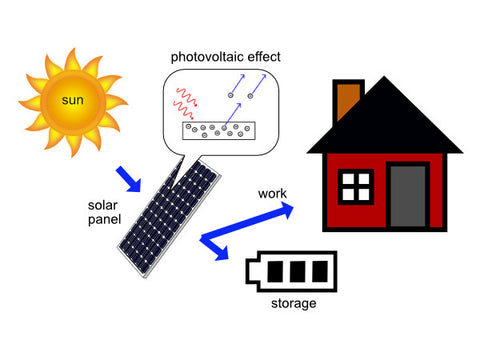Marine Solar Panels

You've got a trip planned where you'll not be near shore power for days. You have an onboard generator but you'd rather not keep it running all day and night. What options do you have? The answer is right in front of you. A DIY solar panel system installation kit from Solar Panel Store. There are a few considerations when looking at what type of solar panel mounting kit you'll need, based on the type of boat you have and the kind of watts you'll be needing - canvas or deck options etc. These variables will also affect your solar charge controller and installation.
Deciding on the right solar panel system for your boat
To be energy efficient and self-sufficient, you need the right combination of wattage as well as battery storage to maintain use of all the electronic devices onboard. Small 12v solar panels are the perfect solution to your power needs, but deciding on the right solar kit can be a little daunting, especially if you've never powered anything with solar before. Our expert staff will help you find the right sunpower cells for marine solar power, ranging from 6 Watt 12V systems all the way up to 160W 12V panels, and everything in between. Do you need to power a TV? Lighting? What kind of lighting? How about the water pump and the refrigerator? These all require a certain amount of power, which your boat is probably setup to handle for several hours. But if you're planning on keeping the engine or generator off for several days at a time, you may also need to upgrade your battery capacity to support longer periods without gasoline. Similar to our RV solar systems, you'll just need to back into the approximate wattage you'll need per day to power your boat.
Give us a call and we'll help you figure out exactly what you'll be needing. Finding the right marine solar kit has never been easier or more affordable. We're looking forward to hearing from you!













